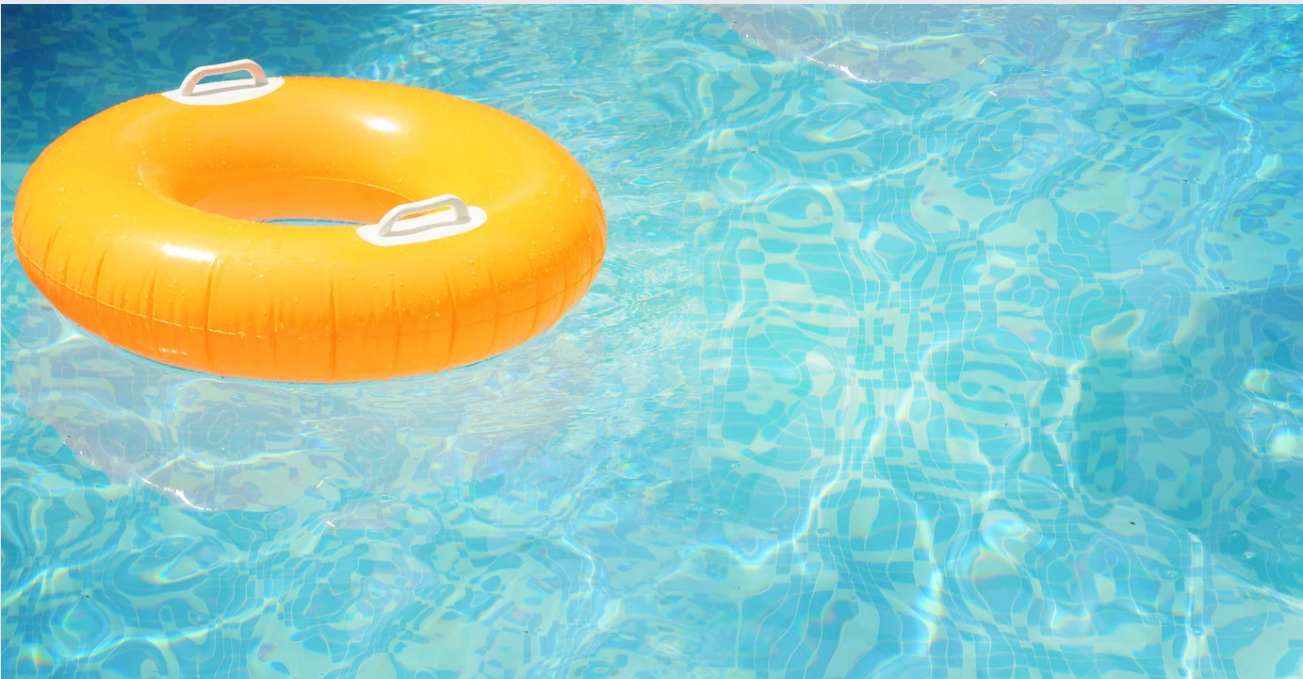Sun Safety: Protecting Your Skin and Health
The Dangers of Overexposure to the Sun
Extended exposure to the sun’s ultraviolet (UV) rays can cause more than just a painful sunburn. It can lead to serious conditions like skin cancer, premature aging, and eye damage. According to the Skin Cancer Foundation, more than 90% of skin cancers are associated with exposure to UV radiation from the sun.
Sunburn Prevention
- Use Broad-Spectrum Sunscreen: Choose a sunscreen with an SPF of at least 30. Apply it generously on all exposed skin, and reapply every two hours—or immediately after swimming or sweating.
- Wear Protective Clothing: Long-sleeved shirts, pants, and wide-brimmed hats can provide additional protection. Look for clothes with a UV protection factor (UPF) label.
- Seek Shade: The sun’s rays are strongest between 10 a.m. and 4 p.m. Limit your direct exposure during these hours by staying in shaded areas whenever possible.
Recognizing and Treating Sunburn
If you or someone you know gets sunburned:
- Cool the Skin: Apply cool compresses or take a cool bath.
- Stay Hydrated: Sunburn draws fluid to the skin’s surface and away from the rest of the body. Drinking plenty of water helps prevent dehydration.
- Use Moisturizers: Lotions containing aloe vera can soothe mild burns. Avoid products containing petroleum, which can trap heat in the skin.
Heat Safety: Avoiding Heat-Related Illnesses
Understanding Heatstroke and Heat Exhaustion
Heatstroke is the most severe form of heat injury and is considered a medical emergency. If you suspect someone has heatstroke, call 911 immediately. Symptoms include:
- High body temperature (104°F or higher)
- Altered mental state or behavior
- Nausea and vomiting
- Rapid breathing
- Racing heart rate
Heat exhaustion is less severe but can escalate quickly if not addressed. Symptoms include heavy sweating, weakness, cold, pale, and clammy skin, fainting, and vomiting.
Preventing Heat-Related Illnesses
- Stay Hydrated: Drink plenty of fluids throughout the day, even if you don’t feel thirsty.
- Avoid Peak Heat: Schedule workouts and strenuous activities during cooler parts of the day, such as early morning or evening.
- Acclimate: It can take several weeks for your body to adjust to hot weather. Gradually increase your exposure and activity levels during this time.
Water Safety: Ensuring Safe Summer Splashes
Safe Swimming Practices
Drowning is a leading cause of unintentional injury death worldwide.
- Supervise Children: Always keep a close watch on children when they are in or near water.
- Swim in Designated Areas: These areas are monitored by lifeguards and are deemed safe for swimming.
- Use Life Jackets: Children and weak swimmers should wear life jackets in and around natural bodies of water.
Recognizing and Responding to Drowning
Drowning doesn’t look like the dramatic splashing often depicted in movies. It is often silent and quick. If someone is struggling to keep their head above water or cannot call for help, act quickly:
- Throw, Don’t Go: If you’re not a trained rescuer, throw a lifebuoy or a rope to help the person. Do not enter the water yourself.
- Alert Lifeguards: If lifeguards are present, alert them immediately.
- Perform CPR: If trained, perform CPR on the person if they are not breathing until medical help arrives.
A Safe Summer is a Happy Summer
Summer is a time for relaxation and fun. By following these sun, heat, and water safety tips, you can protect yourself and your loved ones from common summer hazards. Stay aware, stay hydrated, and enjoy all the outdoor activities our beautiful city has to offer safely.

